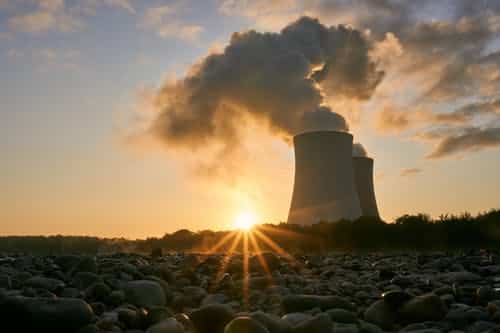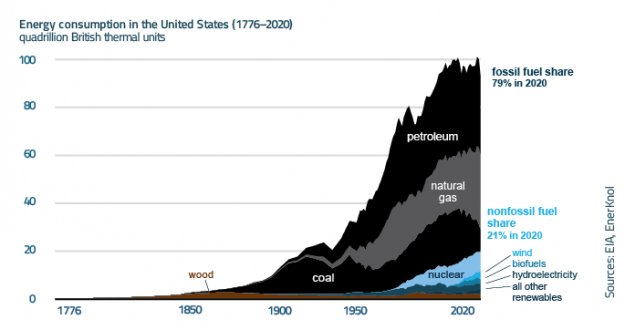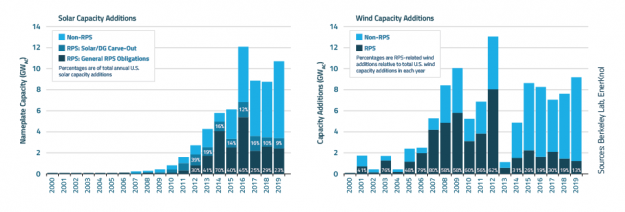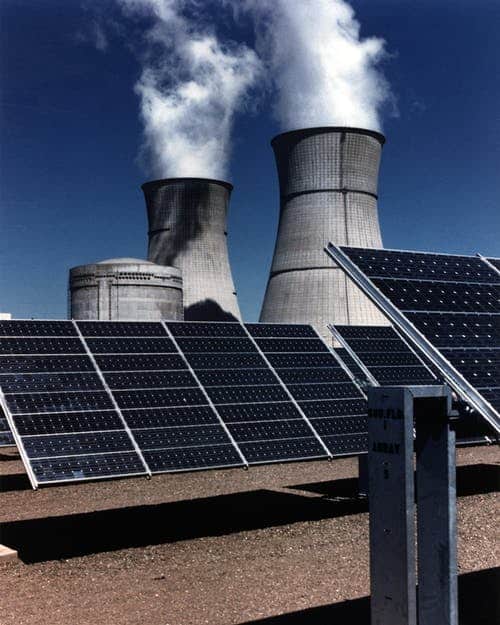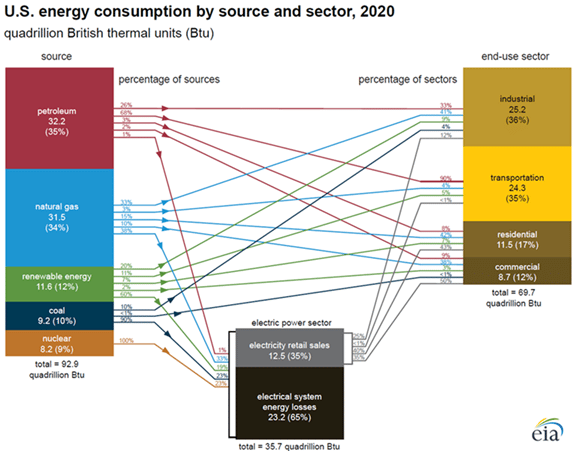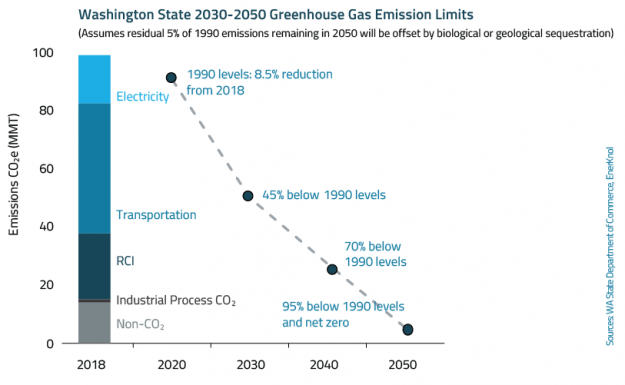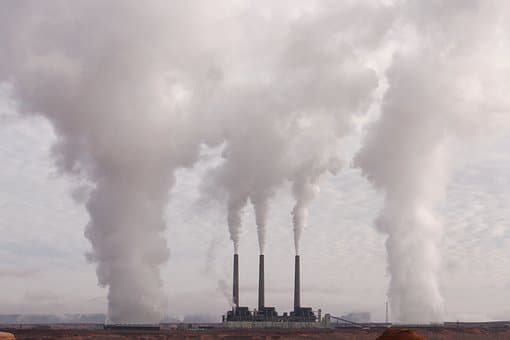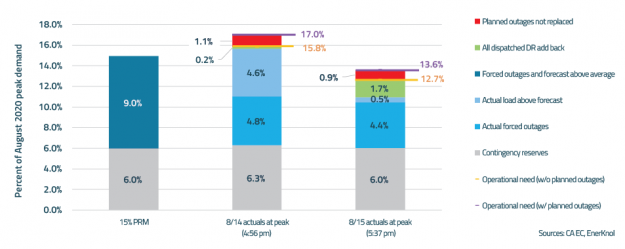Pennsylvania Becomes Top Electricity Exporting State in 2020: EIA
Pennsylvania exported 78 million megawatt hours (MWh) of generated electricity to neighbouring states in 2020. This is the highest among any other state, despite other states such as Texas and Florida, producing more electricity, according to a Feb. 7 report from the U.S. Energy Information Administration. During 2020 more than 230 million MWh of electricity…...

